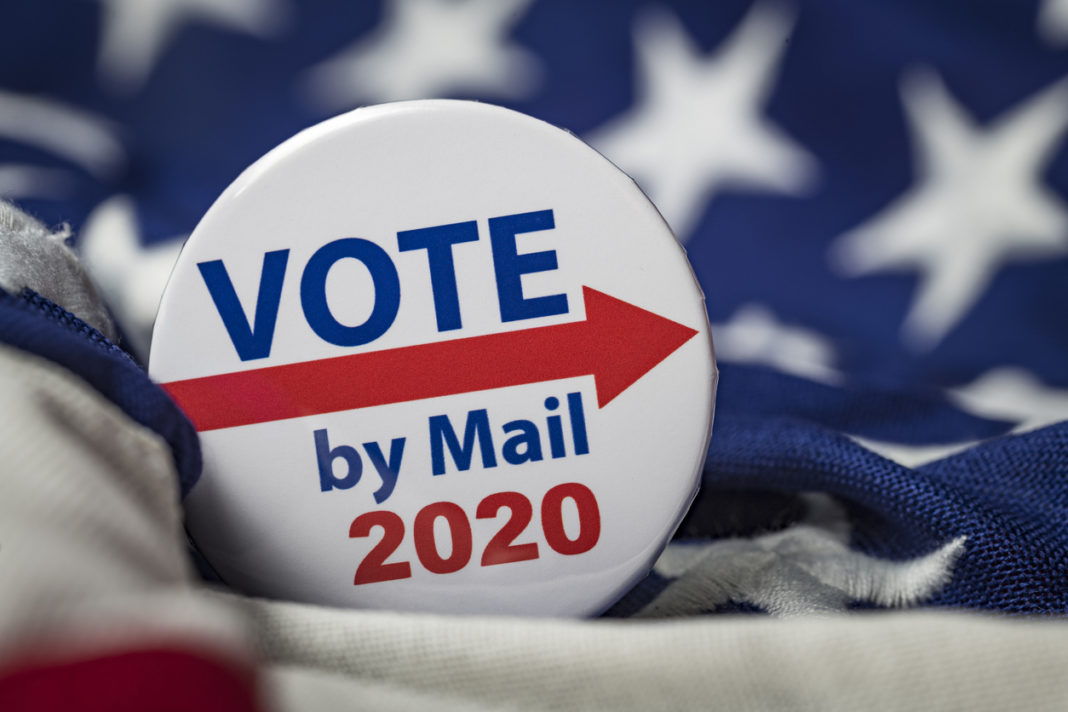Were you or a loved one involved in a medical accident or injury? Are you an attorney who is representing an injured client?
If the answer is yes, take immediate action and file a Discovery request or subpoena to access all of your Electronic Medical Records (EMR). Why is this important? In order to prove injury or malpractice and win your case it’s imperative to discover what took place and the actions that caused an event. Your electronic medical records or EMR audit trail will document what transpired. EMR audit trails will include prescriptions, tests, treatments, transfers, operation notes, nurse practitioners and doctors notes and a ton more. Electronic Health Records (EHR) are rich with data information describing the care that was provided and decisions that were made good or bad. Some medical record systems such as Epic have sticky notes that are traditionally not part of the formal patient permanent electronic record. Those sticky notes are required to be stored by the Health Insurance Portability and Accountability Act (HIPPA), but are not part of the discharge report showing the patient electronic medical record history. The data does exist and working with a qualified medical record forensic expert can help you to gain a more complete record of the patient encounter with the health care provider.
What else does Electronic Medical Records (EMR) include?
Electronic Medical Records and the patient medical record audit trail include the original record and will note any modifications. It will also preserve dates, times, who accessed the record and whether the record was printed, viewed, deleted or otherwise modified. Many of the systems today, such as; Epic, Cerner, Meditech, All Scripts and others have reports that can be downloaded to reveal vital information about who has authorization to access and audit electronic health records.
Medical dictations are another vital piece to the puzzle. Dictation files are sometimes sent to third party transcription service providers as raw audio files called WAV files. After the WAV files are received they are typically transcribed to text files and fed back into the electronic health record software system. When modification of the patient medical record occurs after an injury or malpractice took place, comparing the transcription WAV files to the produced chart may help reveal alteration to the patient medical records.
Patient Electronic Medical Charts are often Incomplete. You could lose your case!
When electronic medical record discovery requests are made by plaintiffs to healthcare providers, it is common that the production lacks the complete patient medical record history. Healthcare providers facing litigation commonly provide a minimal amount of data in an often useless format. The form of production is often scanned copies of previously printed our documents or charts. Codewords for health care providers, departments and procedures often make interpretation even more challenging. Having an experience EMR computer forensics expert can help provide a more accurate interpretation of the complete Electronic Health Record (EHR) for the harmed patient.
The Health Insurance Portability and Accountability Act of 1996, or HIPAA is a federal law which requires your medical records to be retained for six years at a federal level. However, most states also have their own medical retention laws which can be more stringent than HIPAA stipulates. Check out this government website to learn about how different states interpret this governance. https://www.hhs.gov/hipaa/for-professionals/privacy/index.html
How important are faxes? This could win your case!
In some cases, Electronic Medical Records (EMR) are faxed to outside providers either to or from your primary physician. Software vendors such as Forward Advantage provide automated faxing capabilities integrating with the existing health care information management systems and patient medical records. It’s vital you request all communication between facilities to help prove or disprove what and when medical knowledge was presented to the provider to make an informative decision relatable to an event.
Let’s say you have already requested an EMR audit trail for a patient. Did you know that the Electronic Medical Records (EMR) audit trail you received contains cryptic codes that you will not be able to comprehend. It’s extremely helpful to request all of the underlying data dictionaries that will provide the definition of the codes used referring to the friendly name, including, the healthcare provider’s name, department, computer used to access the EMR, procedures, treatments, tests ordered, drugs prescribed and lab results.
Did you know that medical data is required to be retained for six years?
Do you want to to win your case! You need Enigma Forensics experts on your team! Hire a professional forensic expert to assist in writing a Discovery request to obtain, preserve and analyze ALL of the electronic medical records and to help you obtain the complete EMR audit trail. We can help uncover the truth of what took place and help tell the court the story about what happened to you or your client.









